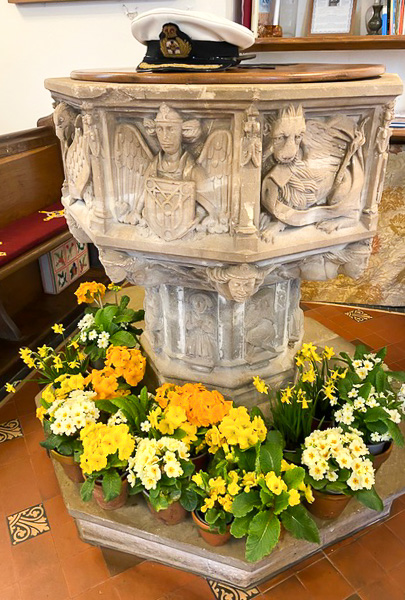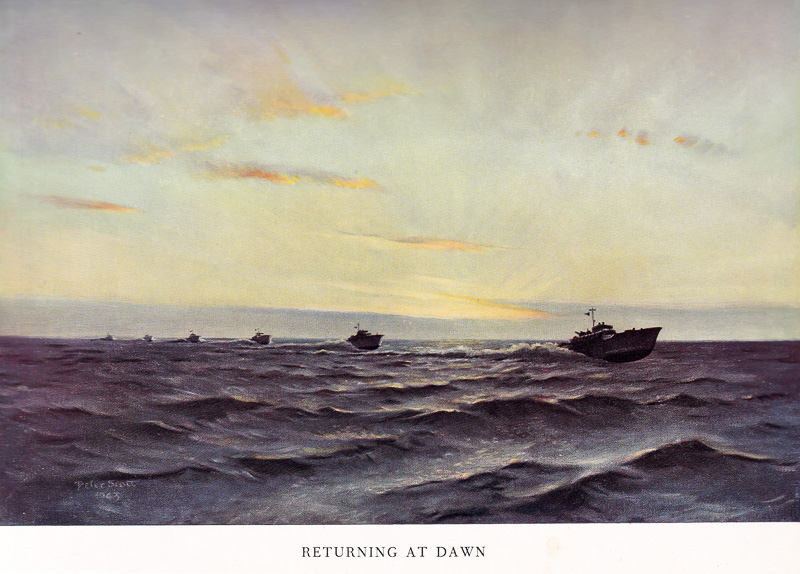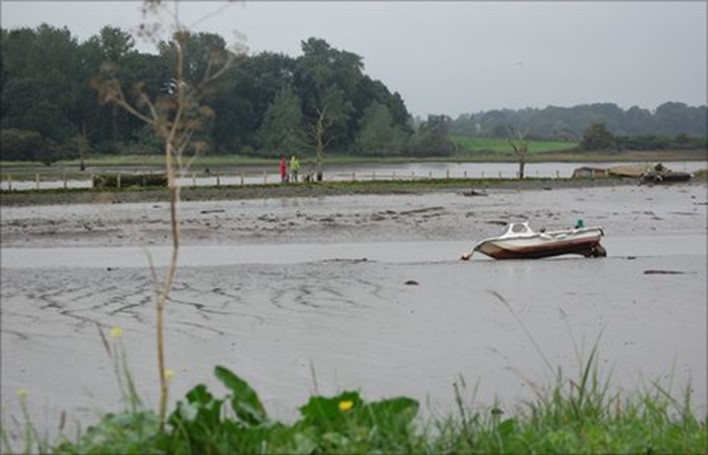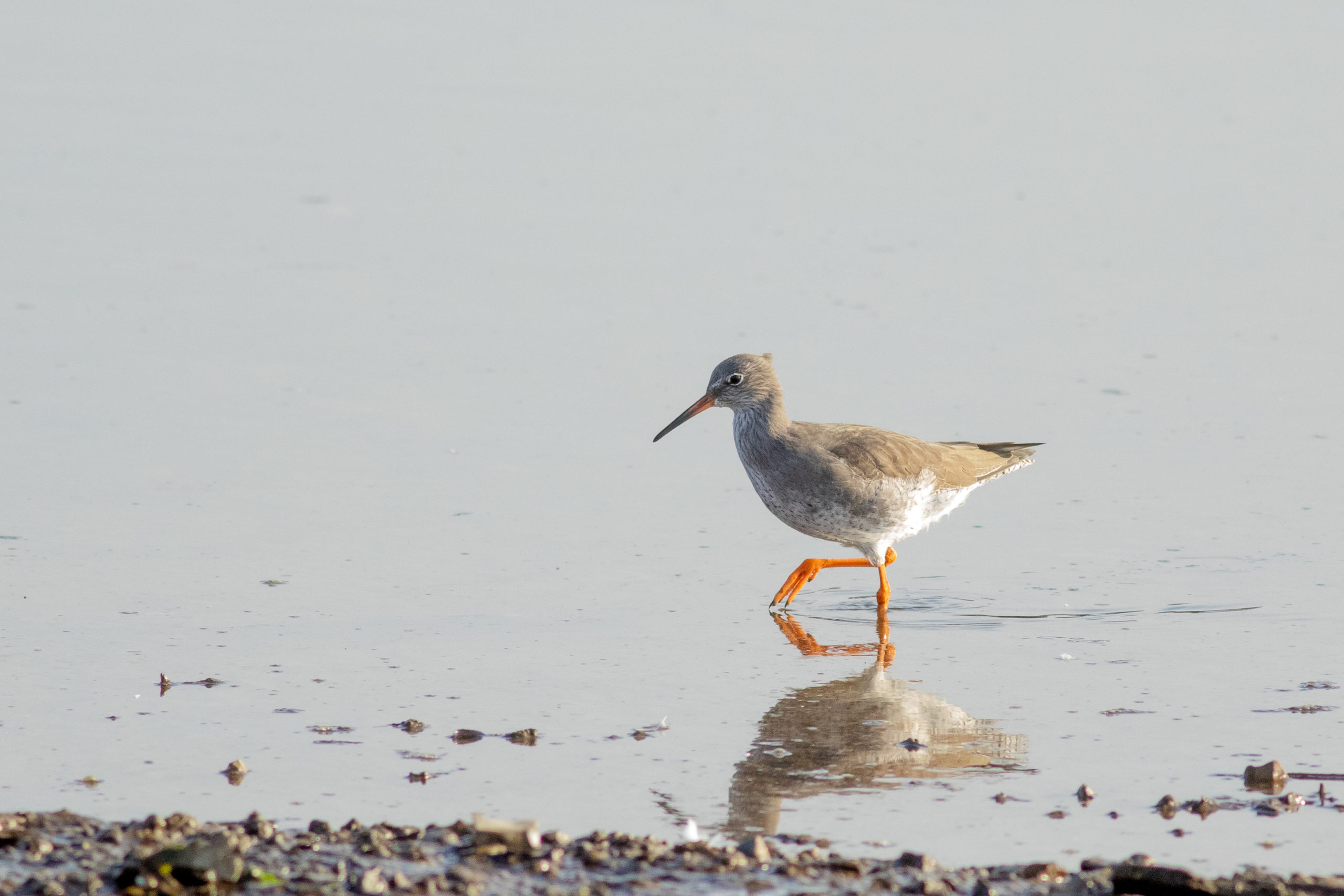Suffolk and The Sea – Sailors, Artists And Anglo-Saxons
by Claudia Myatt
Every spring and early summer there is a conversation between River Deben sailors that goes something like this:
‘Have you been over the bar yet?’
‘No, but I’ve got the chartlet, hoping to go round to the Orwell next weekend’
‘What’s it like this year?’
‘Shifted a bit in that storm I hear – quite narrow now. Wouldn’t risk it until after half tide with my draft’
‘Deepest water is usually close to the beach but the tide runs hard there….’
Is sediment increasing in the River Deben?
by Robin Whittle
Low tide adjacent to Sutton marshes
The Deben became tidal at Felixstowe Ferry about 6000 years ago. Today the river is tidal up to Ufford, two miles upstream of Woodbridge. During this period sea borne sediment has built up the saltmarsh in the lower reaches to a depth of 12m.
Over the last 500 years river walls of mud and clay have been built along both sides of the tidal estuary to create arable land and grazing marshes. Since then, sediment has continued to build up the saltmarshes and mud flats lying in front of the river walls. However, saltmarsh is now under increasing attack from wave action and shore crab burrowing. Continue reading
AGM Report – Essex and Suffolk Rivers Trust – The State of our Rivers Report
The East Suffolk Rivers area of 1,364 km2 encompasses the valleys, waterbodies, tributaries and estuaries of the Rivers Gipping (Orwell), Deben, Alde and Ore, Thorpeness Hundred, Yox, Blyth and Lothingland Hundred.
This area is mostly rural with significant urban areas at Felixstowe, Ipswich, Woodbridge, Wickham Market, Stowmarket, Saxmundham, Halesworth, Southwold and Kessingland.
Agriculture is the predominant land use (root veg and pig farming in the east and arable). Other pockets of land-based industry exist, including food processing, milling, malting and the manufacture of farm machinery and fertilisers.
The attached report by the Essex and Suffolk Rivers Trust looks at the current state of these Suffolks Rivers.
Joe Clark (14 July 1935 – 20 February 2022) – A Tribute
From his family and from the Waldringfield History Group. Presented by Gareth Thomas (former chairman WHG)
 Captain Joseph Christopher Clark, who retired from the Merchant Navy in 1992, passed away peacefully at his home, Woodside, in Waldringfield on Sunday, February 20th. 2022, following a long and debilitating neurological illness. Throughout that illness he had been cared for, unstintingly, at home, by his wife, Kit, his family and a magnificent team of carers.
Captain Joseph Christopher Clark, who retired from the Merchant Navy in 1992, passed away peacefully at his home, Woodside, in Waldringfield on Sunday, February 20th. 2022, following a long and debilitating neurological illness. Throughout that illness he had been cared for, unstintingly, at home, by his wife, Kit, his family and a magnificent team of carers.
Joe was the founding Chairman of the Waldringfield History Group and, as his immediate successor, I have been given the honour of providing for the RDA Journal a tribute to this kind, unassuming, dry-witted gentleman, this stalwart of Waldringfield. Continue reading
AGM Wednesday 27th April
Members are welcome to come to the AGM (in person for the first time in 3 years!) at the Woodbridge Community Hall, 6.30 pm
Agenda
Overview of Sewage Overflows
By Liz Hattan
The East Anglian Daily Times recently published an article on sewage overflows into Suffolk rivers (October 26th 2021), highlighting those rivers with the highest number of spills in 2020. The River Deben had 40 spills at its Deben Road overflow, totalling 18 hours. Other rivers such as the River Thet fared worse with over 1100 hours of spills at Badwell Ash, and some sites in the other parts of the country have seen thousands of hours of spills (see Rivers Trust interactive map for local data ‘Is my river fit to play in?’ https://arcg.is/19LiCa). Nationally, the number of spills is high with over 400,000 monitored spills (around 3.1million hours) in 2020 into English rivers and many more unmonitored ones.
So why are there are so many spills, why does it matter and what is being done to address the problem? This is a high profile issue with considerable political, media and public scrutiny. This article looks at some of the challenges. Continue reading
One Man’s Life: Another Man’s Memory
By Julia Jones
 Gunboats at dawn, painted by Peter Scott.
Gunboats at dawn, painted by Peter Scott.
I’ve recently completed a study of some of the yachtsmen who volunteered to serve ‘in an emergency’ in the years before the second World War. From December 1936 the Admiralty issued an invitation to ‘Gentlemen interested in yachting or similar pursuits’ to put their names forward for ‘executive’ service. These men formed the RNVSR, the Royal Naval Volunteer Supplementary Reserve. In the process of research, I have been fortunate to have met some of the descendants of these men. I’ve been glad of their help and have also found that they share my feelings of respect and heartfelt gratitude for the way in which their fathers, uncles, grandfathers chose to put their normal lives, pleasures, careers on hold, committing themselves to serve wherever they were sent. Sometimes the jobs they were assigned to do were tedious, more often they were terrifying. Continue reading
A Ramble around Wickham Market and Campsea Ashe
By Sue Ryder-Richardson
 Rivers. The lifeblood of communities for generations, the Deben, from source to mouth, is one such. The river and its tributaries nurtured villages, gave grist to many mills, and fed and watered the all-important abbeys. Explorations around Wickham Market have revealed Paleolithic, Bronze Age, Roman, Anglo Saxon, and medieval relics. Both the tidal flood of this river and its inland arteries have supported this lineage of settlements.
Rivers. The lifeblood of communities for generations, the Deben, from source to mouth, is one such. The river and its tributaries nurtured villages, gave grist to many mills, and fed and watered the all-important abbeys. Explorations around Wickham Market have revealed Paleolithic, Bronze Age, Roman, Anglo Saxon, and medieval relics. Both the tidal flood of this river and its inland arteries have supported this lineage of settlements.
A ramble around Wickham Market and Campsea Ashe [1] offers an insight into the generations that have lived, and worked alongside the Deben, from the C18th Rackham’s Mill, through the ancient, coppiced woodland ‘The Oaks’, alongside medieval fishponds, beside ‘Ashe Abbey’ which stands on the ground of the C12th Augustinian Priory of St Mary’s, but mostly walking over water-meadows that have brimmed and supported life for centuries.
Our birds on the Deben – what can we do to help them? Focus on the redshank
By Sally Westwood
In 2021, Suffolk Coast & Heath Area of Natural Beauty (AONB) selected the Redshank1 as their flagship bird as a part of their Nature Recovery Plan2. Commendably, they called for volunteers to help with the project of protecting the Redshank including their nesting habitat. Redshanks are present on the River Deben but I have only ever seen one feeding along the river’s edge, on my river walk. I thought it might be interesting for the reader to have some insight on the background of Suffolk Coast & Heath AONB’s Nature Recovery intervention and the plight not only of the Redshank, but as we might have suspected, a considerable number of species of birds, that visit the Deben. It is not a comfortable read, however, the good news is, steps are being taken to stop the decline in species.



